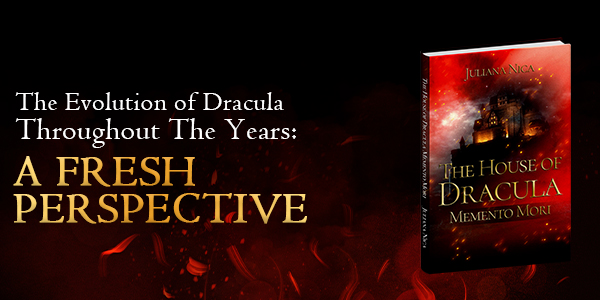
Count Dracula, the iconic vampire created by Bram Stoker in 1897, has captivated readers and haunted our nightmares for over a century. This immortal character has undergone numerous transformations, adaptations, and reinterpretations in literature, film, and pop culture. From his origins as a ruthless bloodsucker in Transylvania to his recent appearances as a charismatic antihero, Dracula’s evolution shows the enduring appeal of the supernatural.
The Original Vampire
Bram Stoker’s Count Dracula is the quintessential vampire, a terrifying and enigmatic figure. With his imposing castle in Transylvania and his ability to transform into a bat, he embodies the dark and ominous archetype of the vampire. This original depiction set the stage for countless adaptations in literature and cinema.
The Hollywood Dracula
In the early 20th century, Hollywood embraced Dracula, and Bela Lugosi’s portrayal in the 1931 film solidified the vampire’s image as a suave and seductive aristocrat. Dracula became synonymous with charm and sophistication, a far cry from the monstrous villain Stoker had envisioned. This transformation marked the beginning of Dracula’s transition from pure evil to a more complex character.
The Antihero Dracula
Authors like Anne Rice and her “Vampire Chronicles” further humanized Dracula, turning him into an antihero with relatable emotions and moral dilemmas. These modern interpretations delve into the complexities of his existence, making readers question whether he is a villain or a tragic figure.
“The House of Dracula: Memento Mori” by Juliana Nica: A Fresh Perspective
Enter Juliana Nica’s “The House of Dracula: Memento Mori,” a novel that offers a unique and fresh perspective on the legendary vampire. Nica skillfully blends elements of romance, the supernatural, and historical intrigue, presenting a Dracula who is more than just a bloodthirsty creature of the night. In her narrative, she takes readers on a journey into the heart of Transylvania, a place shrouded in shadows, whispered legends, and eternal allure.
Nica’s interpretation of Dracula is both captivating and thought-provoking. She explores harrowing choices and forbidden romances that led to the birth of the world’s most notorious vampire. But what sets “The House of Dracula: Memento Mori” apart is its ability to delve into the emotional and moral dimensions of Dracula’s existence.
The evolution of Dracula throughout the years reflects our changing perspectives on the supernatural entity. From pure evil to complex antihero, Dracula has become a symbol of eternal fascination. Juliana Nica’s work breathes new life into this iconic character, offering readers a narrative that challenges traditional notions of the vampire.
So, if you’re a fan of vampire lore, “The House of Dracula: Memento Mori” is a must-read that will challenge your thinking and leave you pondering the depths of the supernatural.
